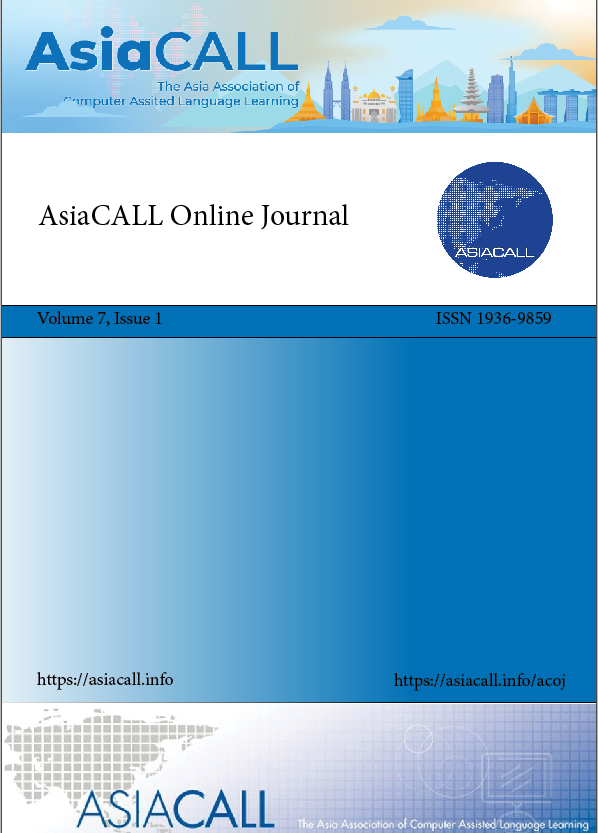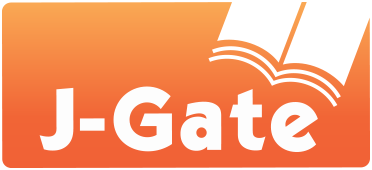Building Classroom Games via Multimedia
Keywords:
CALL, Classroom games, multimedia, websitesAbstract
For a teacher, an effective and successful lesson plan is the one that can help students not only master their knowledge, create new skills but also develop their own interest in learning. Therefore, teachers must always invest a lot of their time and effort in building interesting lesson plans. One of the ways of creating such lesson plans is using games in teaching process. Thanks to multimedia, teachers themselves can design competitive and challenging games that make students feel fun when engaging in their learning activities. As such, “Building classroom games via multimedia” has been chosen as the topic for this paper. This paper aims at presenting some useful sources of materials especially from the internet that teachers can use for reference when preparing their lessons. Then, it shows the flexible combination of multimedia in class. Finally, it makes productions of some techniques in using multimedia through PowerPoint such as using Macros, Visual Basic Editor etc. We believe that the findings of this paper can bring positive effects in teaching and learning English.
References
Andrew, W. & David B., Michael B. (2006), “Games for Language Learning” Cambridge University
Press.
Cutting, A. (2011), “Using Multimedia in the Classroom, A Guide for Teachers”, Curriculum Materials
and Assessment Division, MESC, Samoa.
Ersoz, A. (2000), “Six Games for the EFL/ESL Classroom”, The Internet TESL Journal, Vol. VI, No. 6. Fenrich, P. (1997), Practical guidelines for creating instructional multimedia applications. Fort Worth,
TX: Harcourt Brace.
Kim, L. S. (1995), “Creative Games for the Language Class”, Forum Vol.33 No 1, January-March, P.35. Nguyen Thi Thanh Huyen and Khuat Thi Thu Nga (2003), “Learning Vocabularies through Games,
Asian EFL Journal.
Phillips, R. (1997), “The Developers handbook to Interactive Multimedia: A Practical Guide”,
Educational Applications London.
Savage, T. M. & Vogel K. E. (1996), “An Introduction to Digital Multimedia”, Jones & Barlett ublishers.
Downloads
Published
How to Cite
Issue
Section
License
Copyright (c) 2013 Tran Thi Thom

This work is licensed under a Creative Commons Attribution 4.0 International License.
Copyright
The copyright of all articles published in the AsiaCALL Online Journal (acoj) remains with the Authors, i.e. Authors retain full ownership of their article. Permitted third-party reuse of the open access articles is defined by the applicable Creative Commons (CC) end-user license which is accepted by the Authors upon submission of their paper. All articles in the acoj are published under the CC BY-NC 4.0 license, meaning that end users can freely share an article (i.e. copy and redistribute the material in any medium or format) and adapt it (i.e. remix, transform and build upon the material) on the condition that proper attribution is given (i.e. appropriate credit, a link to the applicable license and an indication if any changes were made; all in such a way that does not suggest that the licensor endorses the user or the use) and the material is only used for non-commercial purposes.
Authors retain copyright and grant the journal the right of first publication with the work simultaneously licensed under a Creative Commons Attribution 4.0 International License that allows others to share the work with an acknowledgment of the work's authorship and initial publication in this journal.
Authors are able to enter into separate, additional contractual arrangements for the non-exclusive distribution of the journal's published version of the work (e.g., post it to an institutional repository, in a journal or publish it in a book), with an acknowledgment of its initial publication in this journal.
Authors are permitted and encouraged to post their work online (e.g., in institutional repositories or on their website) prior to and during the submission process.








